Home>Articles>Our Outdoor Furniture Buying Guide For Year-Round Or Seasonal Use
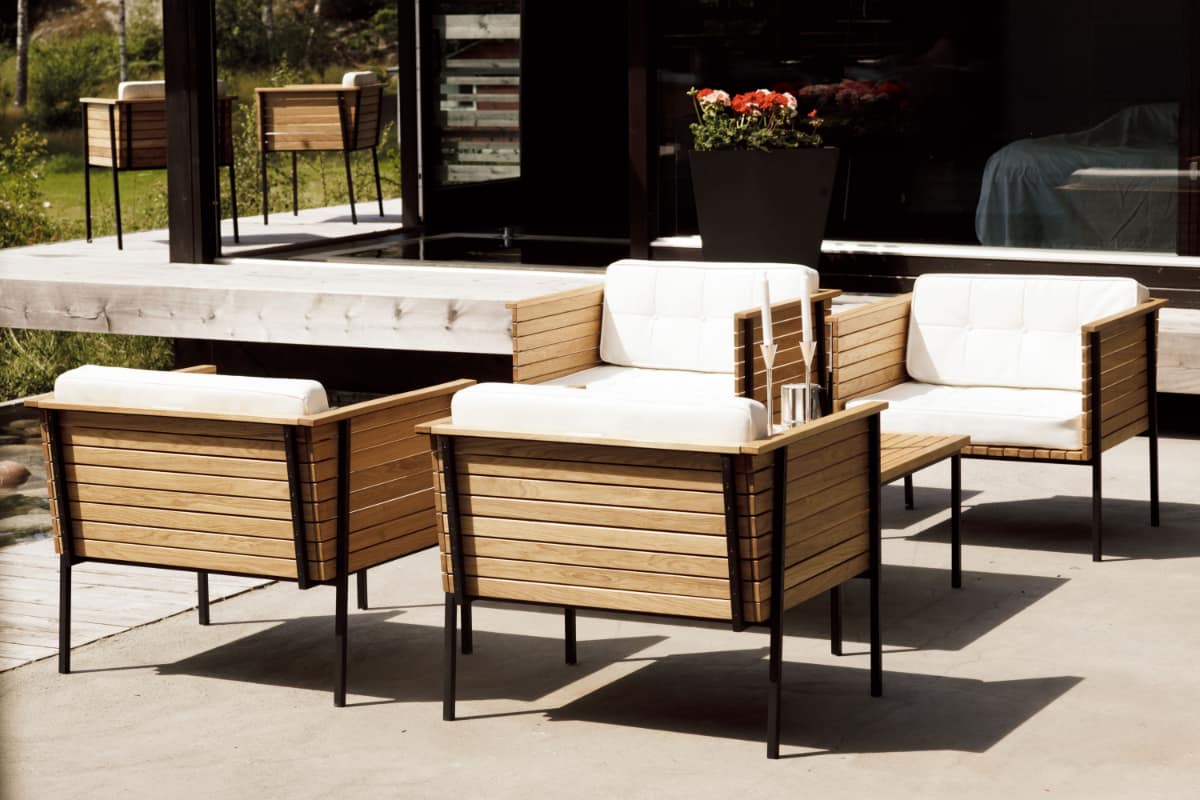

Articles
Our Outdoor Furniture Buying Guide For Year-Round Or Seasonal Use
Modified: January 8, 2024
Discover the ultimate outdoor furniture buying guide for year-round or seasonal use with informative articles covering everything you need to know.
(Many of the links in this article redirect to a specific reviewed product. Your purchase of these products through affiliate links helps to generate commission for Storables.com, at no extra cost. Learn more)
Introduction
When it comes to creating a comfortable and stylish outdoor space, choosing the right furniture is key. Outdoor furniture not only enhances the aesthetics of your patio, deck, or garden area, but it also provides a place for relaxation and entertaining. Whether you plan to use your outdoor furniture year-round or only during specific seasons, it’s important to make informed decisions to ensure durability and functionality.
In this comprehensive outdoor furniture buying guide, we will explore the factors to consider before making a purchase, the various types of outdoor furniture available, the materials used in their construction, cleaning and maintenance tips, protecting your furniture from harsh weather conditions, and choosing furniture for both year-round and seasonal use. Additionally, we will discuss outdoor furniture accessories that can add both style and functionality to your outdoor space.
By the end of this guide, you’ll be equipped with the knowledge to make an informed decision and create a comfortable and inviting outdoor area that suits your needs and preferences.
Key Takeaways:
- When choosing outdoor furniture, consider factors such as space, climate, and intended use to make informed decisions. Understanding the types of furniture, materials, and maintenance tips will help create a durable and inviting outdoor space.
- Whether for year-round or seasonal use, selecting outdoor furniture requires specific considerations. Prioritize durability and all-weather cushions for year-round use, while focusing on portability and comfort for seasonal use. Accessories like lighting and storage solutions can enhance the functionality and style of outdoor furniture.
Read more: Where To Buy Outdoor Furniture
Factors to Consider Before Buying Outdoor Furniture
Before purchasing outdoor furniture, it’s important to consider a few key factors to ensure that you make the right choice for your needs and lifestyle. Here are some factors to keep in mind:
- Space and Layout: Evaluate the available space and layout of your outdoor area. Measure the dimensions to determine how much furniture you can accommodate and to ensure that it fits comfortably without overcrowding the space.
- Intended Use: Consider how you plan to use your outdoor furniture. Will it be primarily for dining, lounging, or entertaining? This will help you determine the types of furniture and seating options that will best suit your needs.
- Climate and Weather Conditions: Take into account the climate and weather conditions in your area. If you live in a region with extreme heat, cold, rain, or humidity, you’ll need to choose furniture that can withstand these elements and maintain its durability.
- Maintenance Requirements: Consider how much time and effort you are willing to invest in cleaning and maintaining your outdoor furniture. Certain materials may require more regular upkeep and care than others.
- Budget: Determine your budget for outdoor furniture. It’s important to set a realistic budget and prioritize your needs to ensure you get the best value for your money.
- Style and Design: Consider the overall style and design aesthetic of your outdoor space. Look for furniture that complements the existing elements and reflects your personal taste and style.
- Comfort: Sit on the furniture and test it for comfort before making a purchase. Consider factors such as cushion thickness, ergonomic design, and the quality of materials used.
- Durability and Quality: Look for outdoor furniture that is built to last. Check for sturdy construction, high-quality materials, and features that enhance its durability, such as UV-resistant finishes and rust-proof frames.
By considering these factors, you can ensure that you make an informed decision when choosing outdoor furniture that meets your needs, withstands the elements, and enhances the functionality and aesthetics of your outdoor space.
Types of Outdoor Furniture
Outdoor furniture comes in various styles and designs to suit different tastes and preferences. Here are some common types of outdoor furniture:
- Patio Dining Sets: These sets typically include a table and chairs designed for outdoor dining. They come in various sizes and materials, such as aluminum, teak, or wrought iron.
- Outdoor Lounge Sets: Lounge sets are perfect for creating a comfortable seating area for relaxation and entertaining. They often include sofas, armchairs, and coffee tables, and can be made from materials like resin wicker or aluminum.
- Adirondack Chairs: Adirondack chairs are iconic outdoor chairs with wide armrests and a slanted backrest, designed for lounging and relaxation. They are usually made from wood, plastic, or recycled materials.
- Hammocks and Swing Chairs: Hammocks and swing chairs provide a unique and relaxing seating experience. They can be hung from a sturdy tree or a standalone frame, and are available in various materials and styles.
- Outdoor Benches: Benches are a versatile seating option for outdoor spaces. They can be placed along a garden path, on a patio, or around a fire pit, and are available in different materials, such as wood, metal, or resin.
- Outdoor Bar Sets: Bar sets are ideal for creating an outdoor entertainment space. These sets typically include a high table and bar stools, and can be made from materials like aluminum or rattan.
- Sun Loungers and Chaise Lounges: Sun loungers and chaise lounges are designed for sunbathing and relaxation. They are adjustable and often feature cushioned seating, making them perfect for poolside areas or sun decks.
- Outdoor Umbrellas: Umbrellas provide shade and protection from the sun. They can be paired with any outdoor seating arrangement and come in various sizes, shapes, and materials.
These are just a few examples of the types of outdoor furniture available. It’s important to consider your needs, available space, and personal preferences when choosing the right furniture for your outdoor area.
Materials for Outdoor Furniture
When it comes to outdoor furniture, the choice of materials is crucial in determining its durability, aesthetics, and maintenance requirements. Here are some common materials used in outdoor furniture construction:
- Teak: Teak is a popular choice for outdoor furniture due to its natural durability and resistance to weather conditions. It has a beautiful, warm appearance and requires minimal maintenance.
- Aluminum: Aluminum is lightweight, rust-resistant, and easy to maintain. It is a versatile material that can be molded into various designs and styles, making it a popular choice for contemporary outdoor furniture.
- Wicker: Wicker furniture is made from weaved natural or synthetic fibers. Natural wicker requires more maintenance to protect it from the elements, while synthetic wicker is more durable and resistant to weather conditions.
- Steel: Steel is a strong and durable material that is often used in outdoor furniture frames. However, it can be prone to rust, so it’s important to choose steel furniture with a rust-resistant coating.
- Plastic: Plastic furniture is lightweight, affordable, and easy to clean. It is available in a wide range of colors and styles, but it may not be as durable as other materials and can fade or weaken over time when exposed to sunlight.
- Resin: Resin furniture is made from synthetic materials and is designed to withstand the elements. It is a popular choice for outdoor furniture as it is durable, lightweight, and resistant to moisture and UV rays.
- Iron: Iron furniture is known for its strength and durability. It adds a classic and elegant touch to outdoor spaces, but it requires regular maintenance to prevent rust and corrosion.
- Recycled Materials: Outdoor furniture made from recycled materials, such as plastic or wood, is an eco-friendly option. These materials are often durable and resistant to moisture and fading.
When choosing the material for your outdoor furniture, consider factors such as weather conditions, maintenance requirements, aesthetics, and budget. It’s important to select a material that suits your needs and will withstand the elements to ensure the longevity and functionality of your outdoor furniture.
Cleaning and Maintenance Tips for Outdoor Furniture
Proper cleaning and maintenance are essential to prolong the life and beauty of your outdoor furniture. Follow these tips to keep your furniture looking its best:
- Regular Cleaning: Clean your outdoor furniture regularly to prevent dirt, debris, and stains from accumulating. Use a mild soap or a mixture of water and vinegar to wipe down the surfaces.
- Check Manufacturer’s Recommendations: Refer to the manufacturer’s instructions for specific cleaning recommendations for your outdoor furniture. Different materials may require different cleaning methods and products.
- Cushion Care: If your outdoor furniture has cushions, check if they are removable and machine washable. Follow the manufacturer’s instructions for cleaning and drying to maintain their appearance and comfort.
- Protective Covers: Invest in high-quality protective covers to shield your outdoor furniture from the elements when not in use. Covers can help prevent fading, moisture damage, and the buildup of dirt and debris.
- Umbrella Care: Clean your outdoor umbrella regularly and make sure it is properly closed and secured during strong winds. Store the umbrella in a protected area during the offseason to prevent damage.
- Wood Care: If you have wooden outdoor furniture, apply a protective sealant or oil to prevent it from drying out or cracking. Regularly clean and treat the wood as recommended by the manufacturer.
- Metal Maintenance: Metal furniture may require occasional touch-ups to prevent rust or scratches. Use a rust-resistant paint or primer to repair any damaged areas and keep the metal looking fresh.
- Seasonal Storage: If you live in an area with harsh winters or unfavorable weather conditions, consider storing your outdoor furniture indoors during the offseason. This will help protect it from damage and extend its lifespan.
- Avoid Harsh Chemicals: Avoid using harsh chemicals, abrasive cleaners, or bleach on your outdoor furniture, as they can damage the materials and finishes. Opt for gentle cleaning solutions and natural cleaning alternatives instead.
- Regular Inspections: Periodically inspect your outdoor furniture for any signs of wear, loose screws, or structural issues. Address any problems promptly to prevent further damage and ensure the safety of your furniture.
By following these cleaning and maintenance tips, you can keep your outdoor furniture in good condition and enjoy its beauty and comfort for years to come.
When buying outdoor furniture for year-round use, look for materials like teak, cedar, or metal that can withstand different weather conditions and require minimal maintenance.
Protecting Outdoor Furniture from Various Weather Conditions
Outdoor furniture is designed to withstand different weather conditions, but taking precautions can help prolong its lifespan and maintain its appearance. Here are some tips for protecting your outdoor furniture from various weather conditions:
- Sun Protection: The sun’s UV rays can fade and weaken outdoor furniture materials over time. Place your furniture in shaded areas whenever possible or use umbrellas, awnings, or shade sails to provide protection.
- Rain and Moisture: Moisture can cause mold, mildew, and rot. If your furniture is not water-resistant, consider using waterproof covers or moving it to a covered area during rainstorms. Make sure cushions and fabrics are dry before storage to prevent mold growth.
- Wind and Storms: Strong winds can damage lightweight or unsecured furniture. Secure your furniture to the ground or use weight anchors to prevent it from being blown away. If severe storms are forecasted, consider temporarily moving your furniture indoors.
- Winter Storage: If you live in an area with harsh winters, it’s best to store your outdoor furniture indoors during the offseason. Clean and dry the furniture thoroughly before storage to prevent mildew and mold growth. Disassemble or cover any removable parts to protect them from damage.
- Snow and Ice: Snow and ice can be particularly damaging to outdoor furniture. Remove snow from surfaces with a soft bristle brush to prevent excessive weight. Avoid using sharp tools or salt-based ice melters, as they can scratch or corrode the furniture.
- Heat and Dry Conditions: Extreme heat and dry conditions can cause materials to warp, crack, or fade. Consider using protective covers or moving your furniture to shaded areas during heatwaves. Regularly apply protective sealants or oils to wooden furniture to prevent drying out.
- Seasonal Maintenance: Conduct regular inspections of your outdoor furniture before and after each season. Check for any signs of damage, loose or worn-out parts, and address them promptly. Clean away any dirt or debris buildup to prevent scratching or staining.
- Proper Storage: When not in use, store cushions, pillows, and other accessories in a dry and ventilated space to prevent mold and mildew. Keep them in sealed storage bags or containers to protect them from moisture and insects.
- Regular Cleaning: Regularly clean your outdoor furniture according to its specific maintenance requirements. This helps remove dirt, dust, and pollutants that can accumulate on the surfaces and cause deterioration over time.
By following these tips and taking proactive measures, you can protect your outdoor furniture from various weather conditions and enjoy it for many seasons to come.
Choosing Outdoor Furniture for Year-Round Use
Choosing outdoor furniture that can withstand year-round use requires careful consideration of durability, material choice, and maintenance. Here are some tips for selecting outdoor furniture that is suitable for year-round use:
- Durable Materials: Opt for furniture made from durable materials that can withstand different weather conditions, such as aluminum, teak, or resin wicker. These materials are known for their resistance to fading, rust, and moisture damage.
- All-Weather Cushions: Look for furniture with all-weather cushions that are water-resistant and quick-drying. These cushions are designed to withstand outdoor conditions and prevent mold or mildew growth.
- Sturdy Construction: Check for sturdy construction and secure connections. The furniture should be able to withstand regular use and remain stable in windy conditions.
- UV-Resistant Finishes: Choose furniture with UV-resistant finishes or protective coatings. This helps prevent fading and color deterioration caused by sun exposure.
- Easy Maintenance: Select furniture that requires minimal maintenance and is easy to clean. This will make it more convenient for year-round use. Look for materials that are resistant to stains, mold, and mildew.
- Modular or Versatile Designs: Consider furniture with modular or versatile designs that can adapt to changing needs throughout the year. Pieces that can be rearranged or expanded can provide flexibility for different uses and occasions.
- Storage Options: Look for furniture with built-in storage options, such as hidden compartments or under-seat storage. This can be useful for storing cushions, accessories, or other items during harsh weather or the offseason.
- Consider Climate: Take into account the specific climate of your location. If you reside in an area with extreme weather conditions, prioritize furniture that is specially designed to withstand those conditions.
- Warranty: Check the warranty offered by the manufacturer. A longer warranty period is an indication of the manufacturer’s confidence in the durability and quality of the product.
- Test Before Buying: Whenever possible, test the furniture before making a purchase. Sit on chairs, lounge on sofas, and check their comfort level to ensure they will provide year-round enjoyment.
By considering these factors, you can choose outdoor furniture that is durable, low-maintenance, and suitable for year-round use. Investing in high-quality, weather-resistant furniture will ensure that you enjoy your outdoor space throughout the seasons.
Choosing Outdoor Furniture for Seasonal Use
When selecting outdoor furniture for seasonal use, you have the opportunity to focus on specific needs and preferences. Here are some tips for choosing outdoor furniture that is ideal for seasonal use:
- Flexibility and Portability: Opt for lightweight and portable furniture that can be easily moved and rearranged. This allows you the flexibility to adjust your outdoor space based on seasonal activities and gatherings.
- Space Optimization: Consider furniture with space-saving features or designs. Folding chairs, collapsible tables, and stackable loungers can be easily stored during the offseason, making them perfect for seasonal use.
- Comfortable Seating: Prioritize comfortable seating options for outdoor entertainment during the season. Choose chairs and sofas with plush cushions or seating arrangements that promote relaxation and enjoyment.
- Weather Resistance: While seasonal furniture may not need to withstand extreme weather conditions, it is still important to select materials that can tolerate seasonal changes. Look for furniture made from weather-resistant materials such as aluminum, synthetic wicker, or plastic.
- Easy Maintenance: Choose furniture that requires minimal maintenance during the season. Select materials that are easy to clean and maintain, allowing you to spend more time enjoying your outdoor space rather than maintaining it.
- Style and Theme: Consider the theme and style you want to achieve. Seasonal outdoor furniture can be playful and vibrant, incorporating bright colors and patterns that reflect the season.
- Accessory Coordination: Coordinate outdoor furniture accessories, such as throw pillows, cushions, and outdoor rugs, with the seasonal theme. These accessories can add pops of color and tie the overall look of your outdoor space together.
- Cost-Effectiveness: Since the furniture will be used for a shorter period, it may be more cost-effective to opt for budget-friendly options. Look for sales, discounts, or second-hand furniture to stay within your seasonal budget.
- Storage Solutions: Plan for proper storage options during the offseason. Consider investing in storage boxes or covers to protect your furniture from harsh weather or choose furniture that can be easily disassembled and stored away.
- Personal Preference: Ultimately, choose outdoor furniture that aligns with your personal preferences and seasonal activities. Whether it’s a dining set for summer barbecues or a cozy lounge set for autumn nights, prioritize what serves your seasonal needs best.
By keeping these factors in mind, you can select outdoor furniture that meets your needs for seasonal use. Remember to enjoy the unique experiences and ambiance that each season brings to your outdoor space!
Outdoor Furniture Accessories
To enhance the functionality and style of your outdoor furniture, consider incorporating accessories that complement your space. Here are some popular outdoor furniture accessories:
- Outdoor Cushions and Pillows: Add comfort and style to your outdoor seating with cushions and pillows. Choose weather-resistant fabrics that can withstand outdoor conditions and opt for vibrant colors and patterns to liven up your furniture.
- Outdoor Lighting: Illuminate your outdoor space with various lighting options. String lights, lanterns, or solar-powered pathway lights can create a warm and inviting ambiance for evening gatherings or late-night relaxation.
- Outdoor Rugs: Define and anchor your outdoor seating area with an outdoor rug. Choose a durable and weather-resistant rug that adds texture and color to your space while providing a cozy feel underfoot.
- Outdoor Umbrellas: Provide shade and protection from the sun with an outdoor umbrella. Opt for a sturdy umbrella that offers UV protection and adjustable features for versatility throughout the day.
- Outdoor Storage Solutions: Keep your outdoor space organized with storage solutions such as storage benches, cabinets, or deck boxes. These provide a convenient place to store cushions, outdoor games, gardening tools, or other accessories.
- Patio Heaters or Fire Pits: Extend the usability of your outdoor space into cooler seasons with patio heaters or fire pits. These accessories provide warmth and create a cozy atmosphere for outdoor gatherings or relaxation.
- Outdoor Decorations: Personalize your outdoor space with decorative accessories such as garden sculptures, wall art, or wind chimes. These unique touches add character and visual interest to your furniture arrangement.
- Outdoor Dining Accessories: Enhance your outdoor dining experience with accessories such as outdoor dining sets, serving carts, and beverage coolers. These accessories provide convenience and functionality for outdoor meals and entertaining.
- Outdoor Curtains or Privacy Screens: Add privacy and shade to your outdoor space with outdoor curtains or privacy screens. These accessories can create a more intimate and secluded atmosphere while protecting against unwanted elements.
- Planters and Greenery: Bring natural beauty to your outdoor space with planters and potted plants. Use them to create a green oasis around your furniture, adding a touch of freshness and liveliness to the area.
By incorporating these outdoor furniture accessories, you can personalize and elevate your outdoor space, creating a more comfortable and inviting environment for relaxation, entertaining, and enjoying the beauty of the outdoors.
Conclusion
Choosing the right outdoor furniture is essential for creating a comfortable and inviting outdoor space that suits your needs and preferences. By considering factors such as space, climate, intended use, and budget, you can make informed decisions that result in durable and functional outdoor furniture.
Understanding the different types of outdoor furniture available, including patio dining sets, outdoor lounge sets, Adirondack chairs, hammocks, and outdoor benches, allows you to select options that best fit your desired style and purpose.
When it comes to materials, considering the durability, maintenance requirements, and weather resistance is vital. Teak, aluminum, wicker, steel, plastic, resin, iron, and recycled materials are commonly used in outdoor furniture construction, each with their own unique characteristics and benefits.
Cleaning and maintaining your outdoor furniture regularly helps extend its lifespan and keeps it looking its best. Properly protecting your furniture from various weather conditions, such as sun exposure, rain, wind, and snow, further ensures its durability and functionality.
Depending on your usage pattern, selecting outdoor furniture for year-round or seasonal use requires specific considerations. For year-round use, prioritize durability, all-weather cushions, and easy maintenance. For seasonal use, consider portability, comfort, style, and cost-effectiveness.
Lastly, accessorizing your outdoor furniture with items like cushions, lighting, rugs, umbrellas, storage solutions, decorations, and planters adds functionality and personalizes your space, making it more inviting and enjoyable.
In conclusion, by taking into account the factors discussed in this guide, you’ll be equipped with the knowledge to choose outdoor furniture that enhances the beauty, functionality, and comfort of your outdoor living area. With the right furniture selections and accessories, you’ll create a space where you can relax, entertain, and make lasting memories year-round or during specific seasons.
Frequently Asked Questions about Our Outdoor Furniture Buying Guide For Year-Round Or Seasonal Use
Was this page helpful?
At Storables.com, we guarantee accurate and reliable information. Our content, validated by Expert Board Contributors, is crafted following stringent Editorial Policies. We're committed to providing you with well-researched, expert-backed insights for all your informational needs.
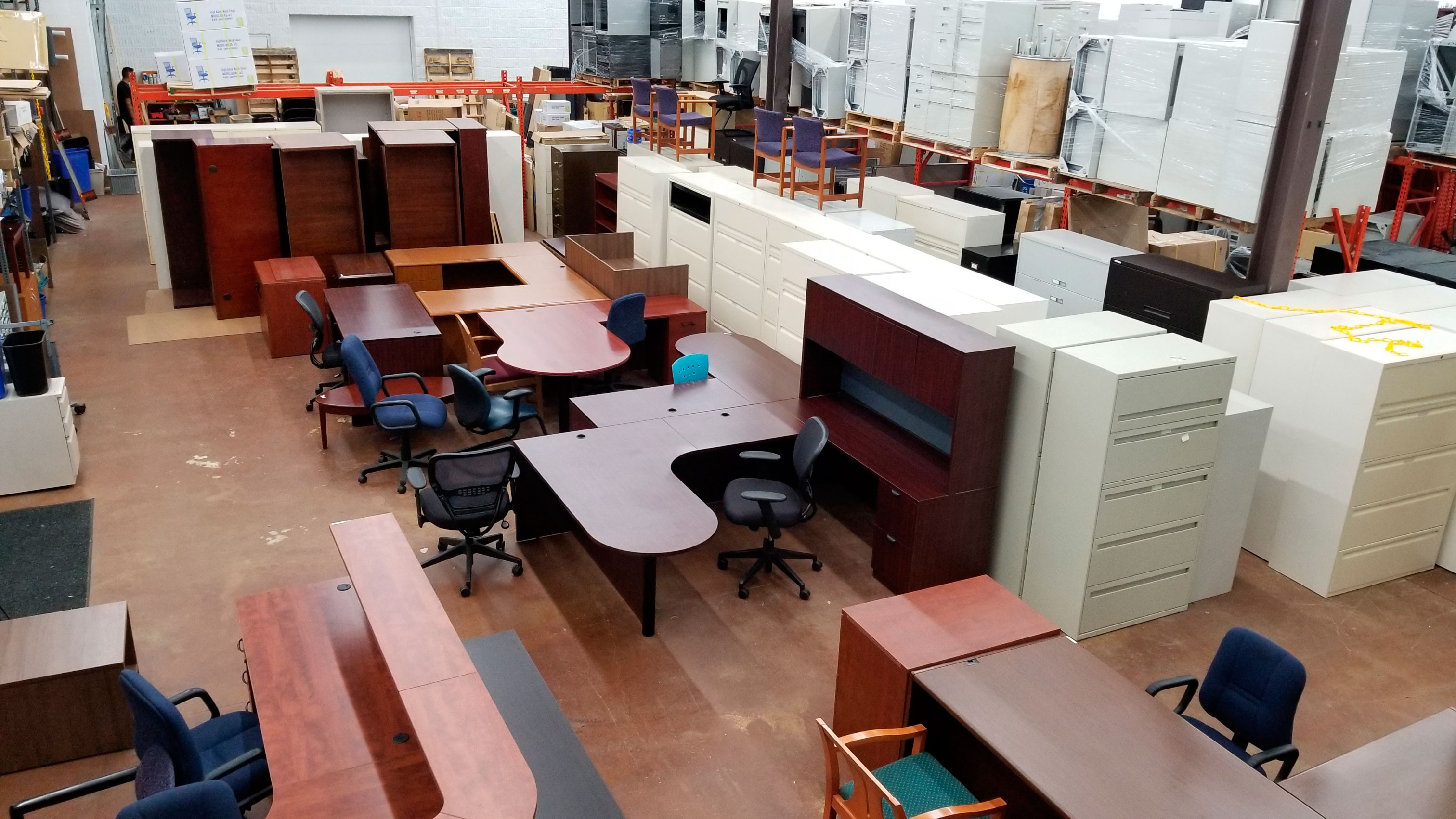
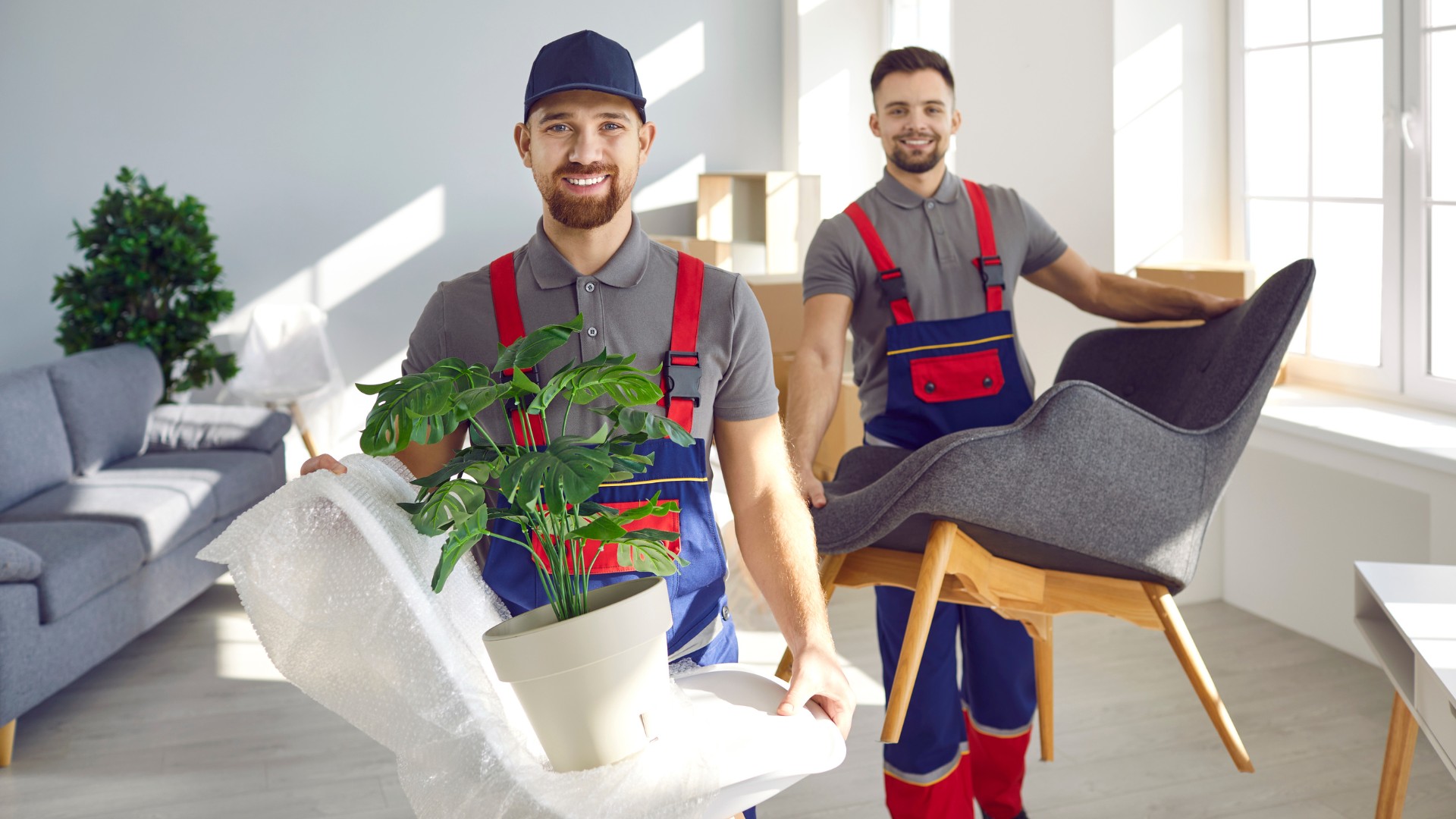
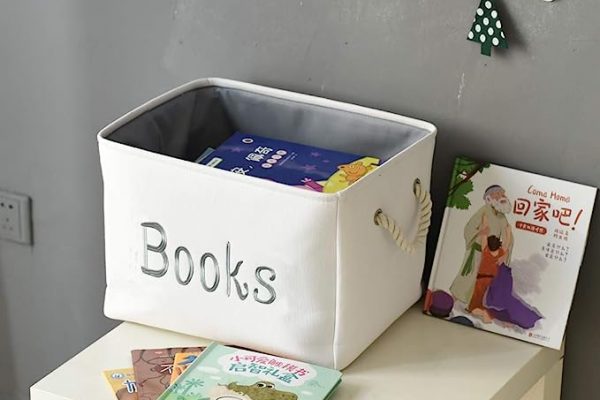
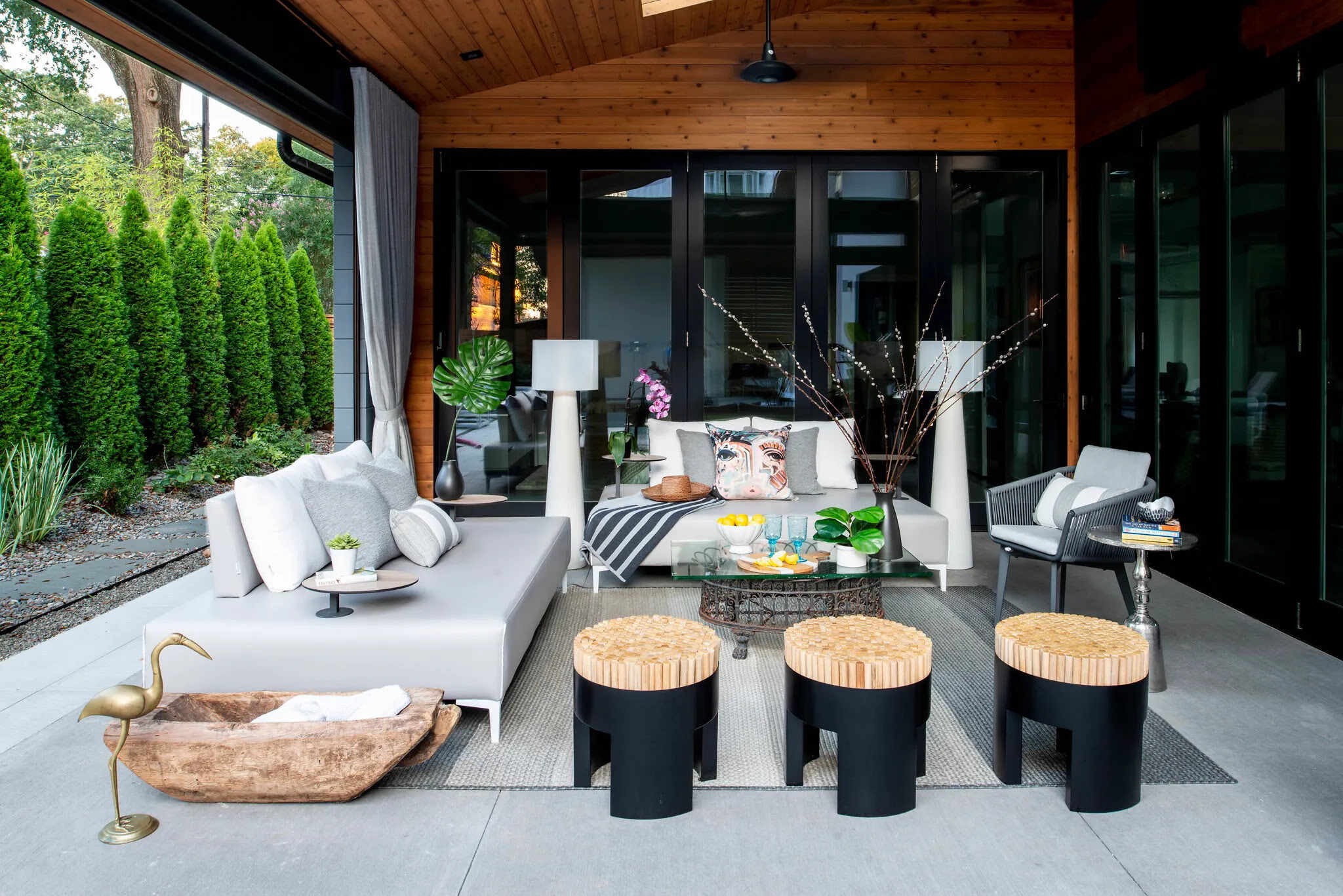
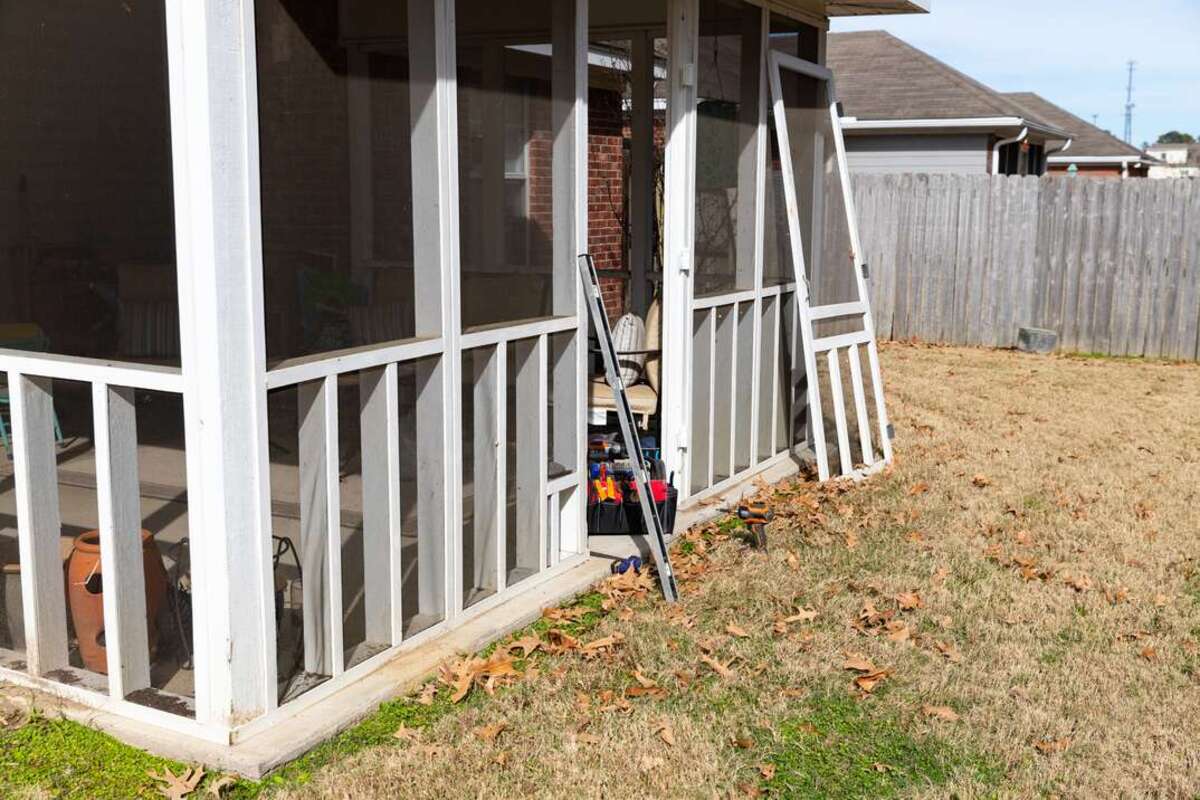

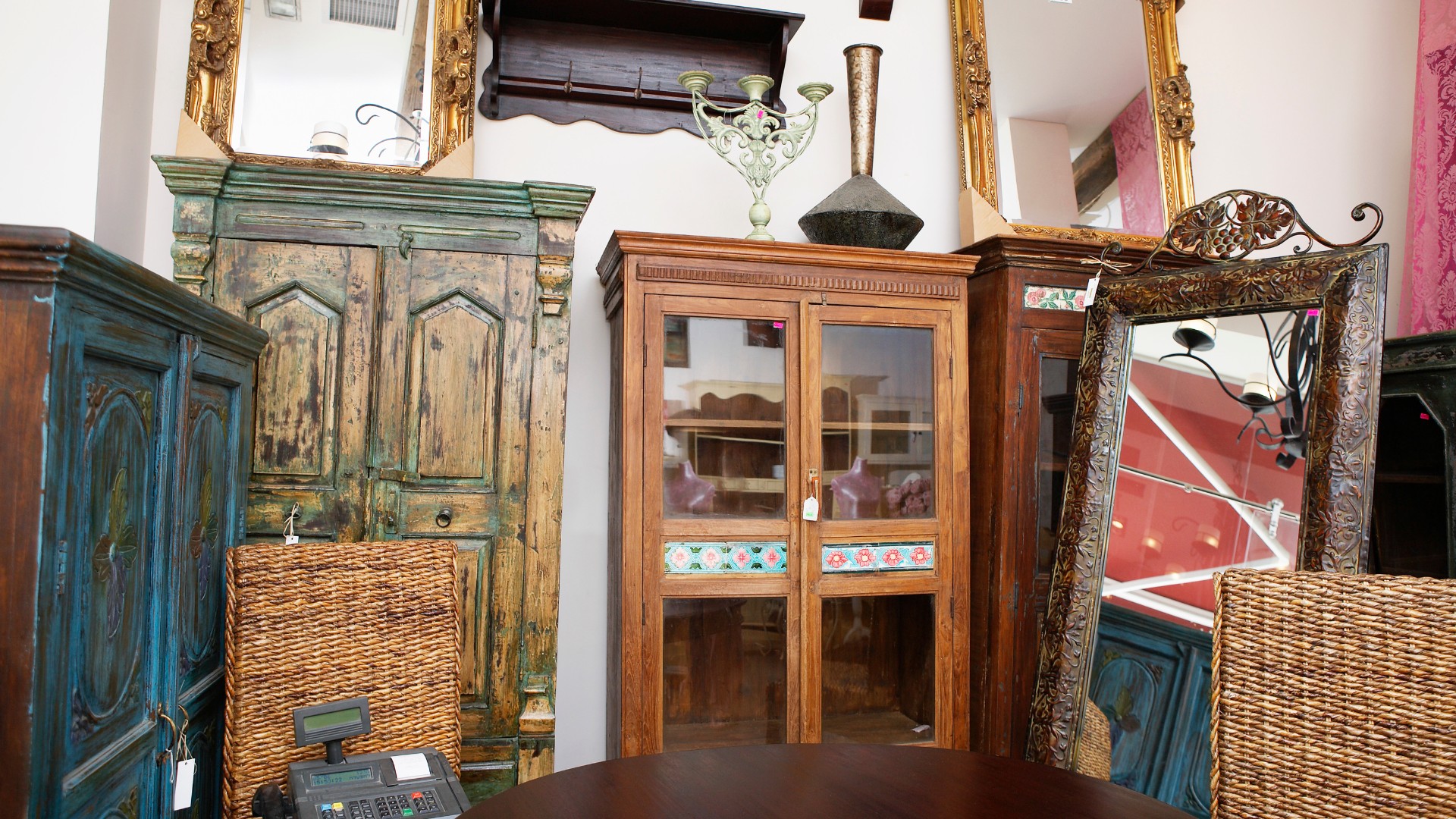
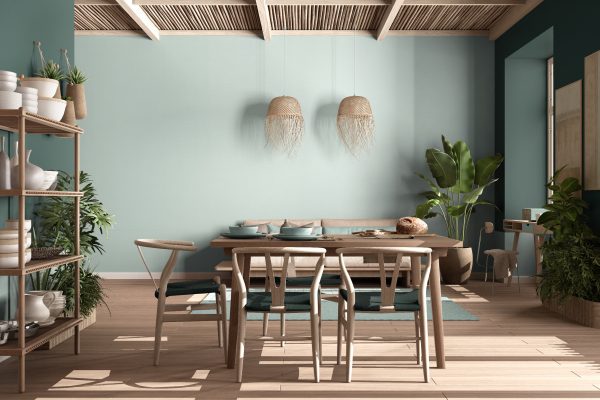
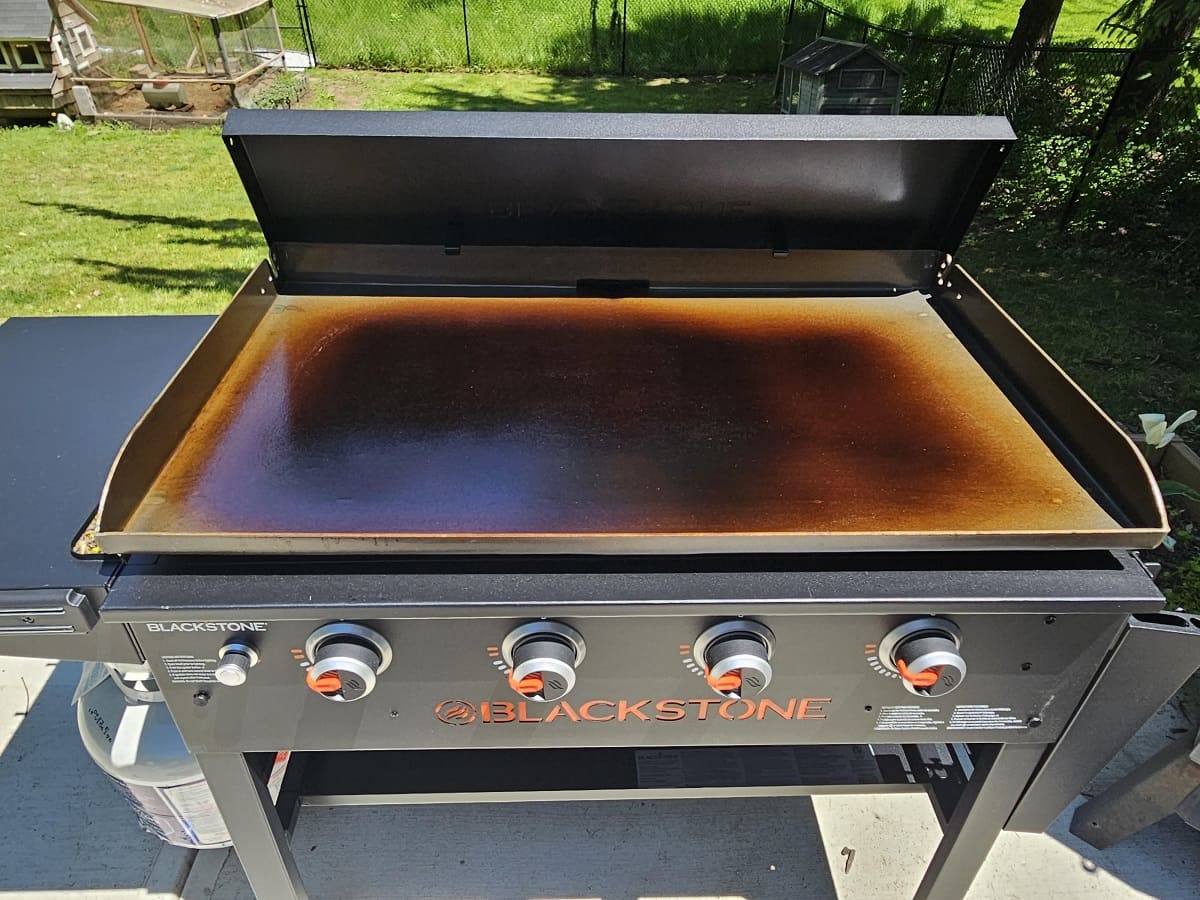
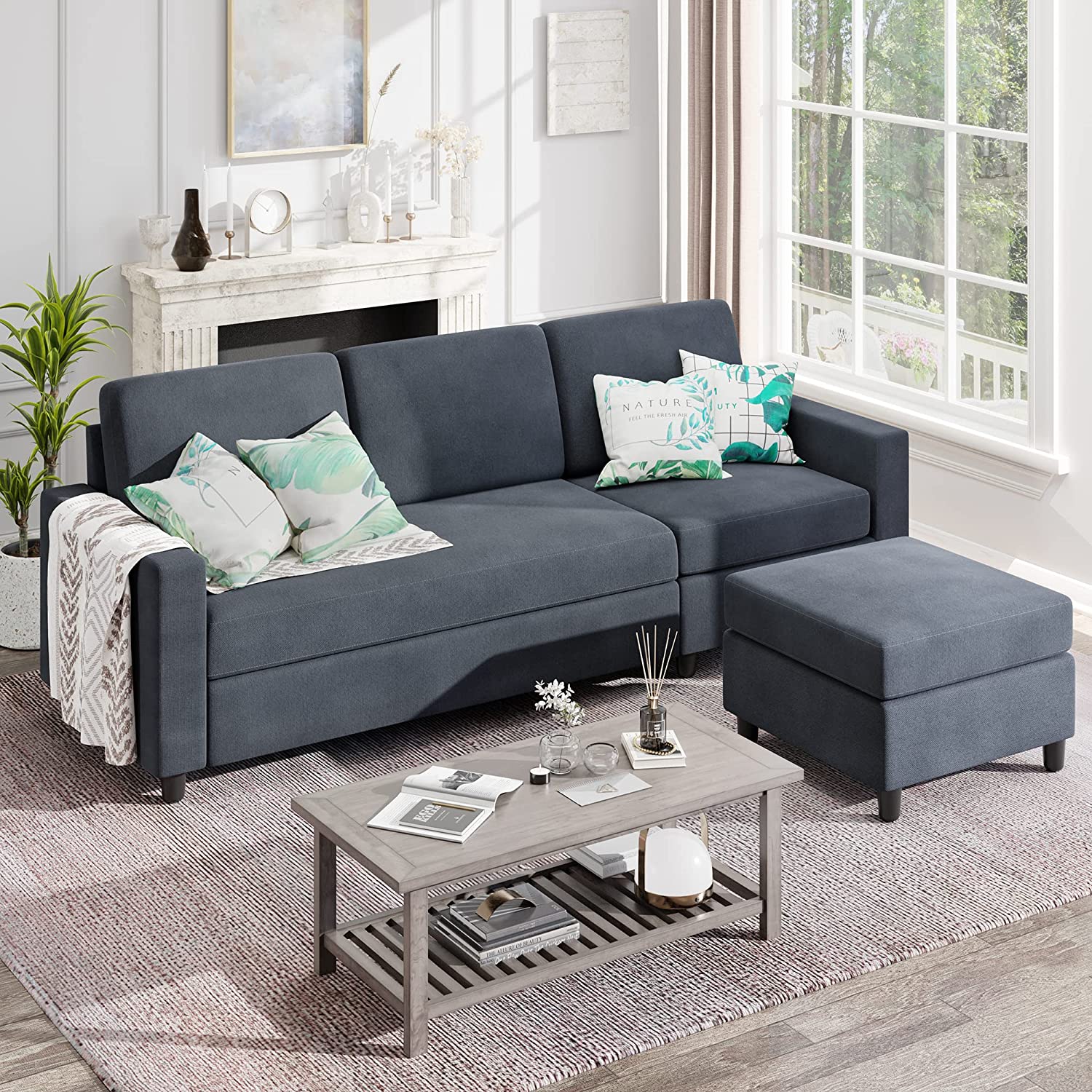
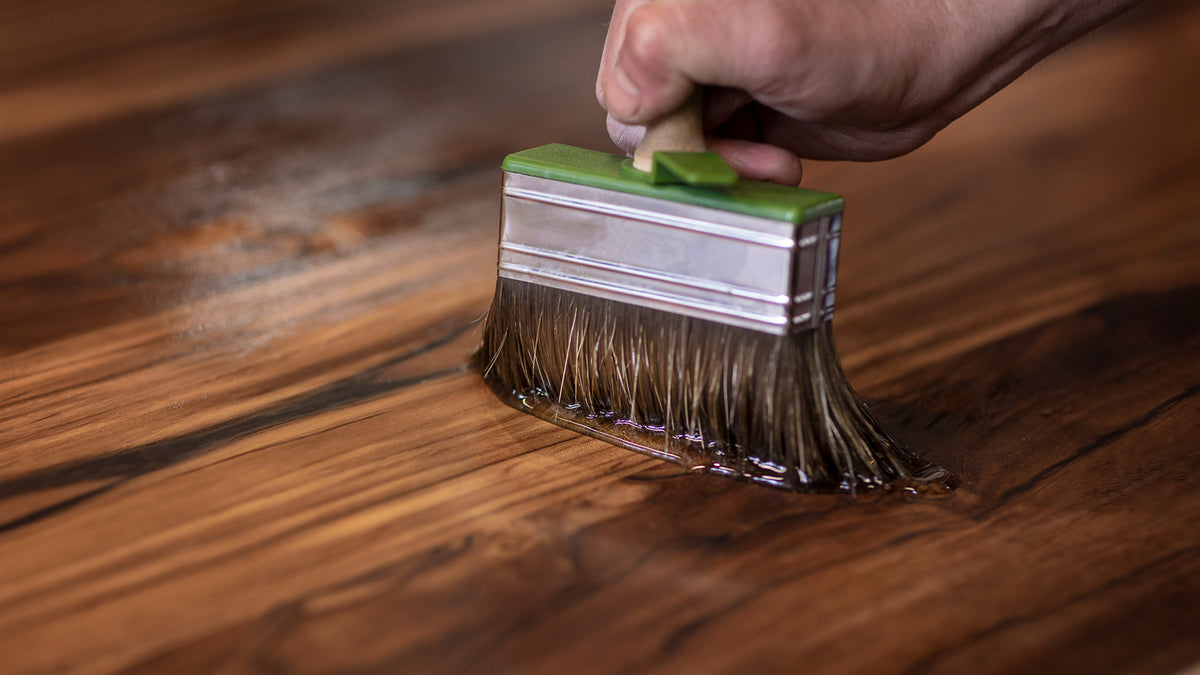
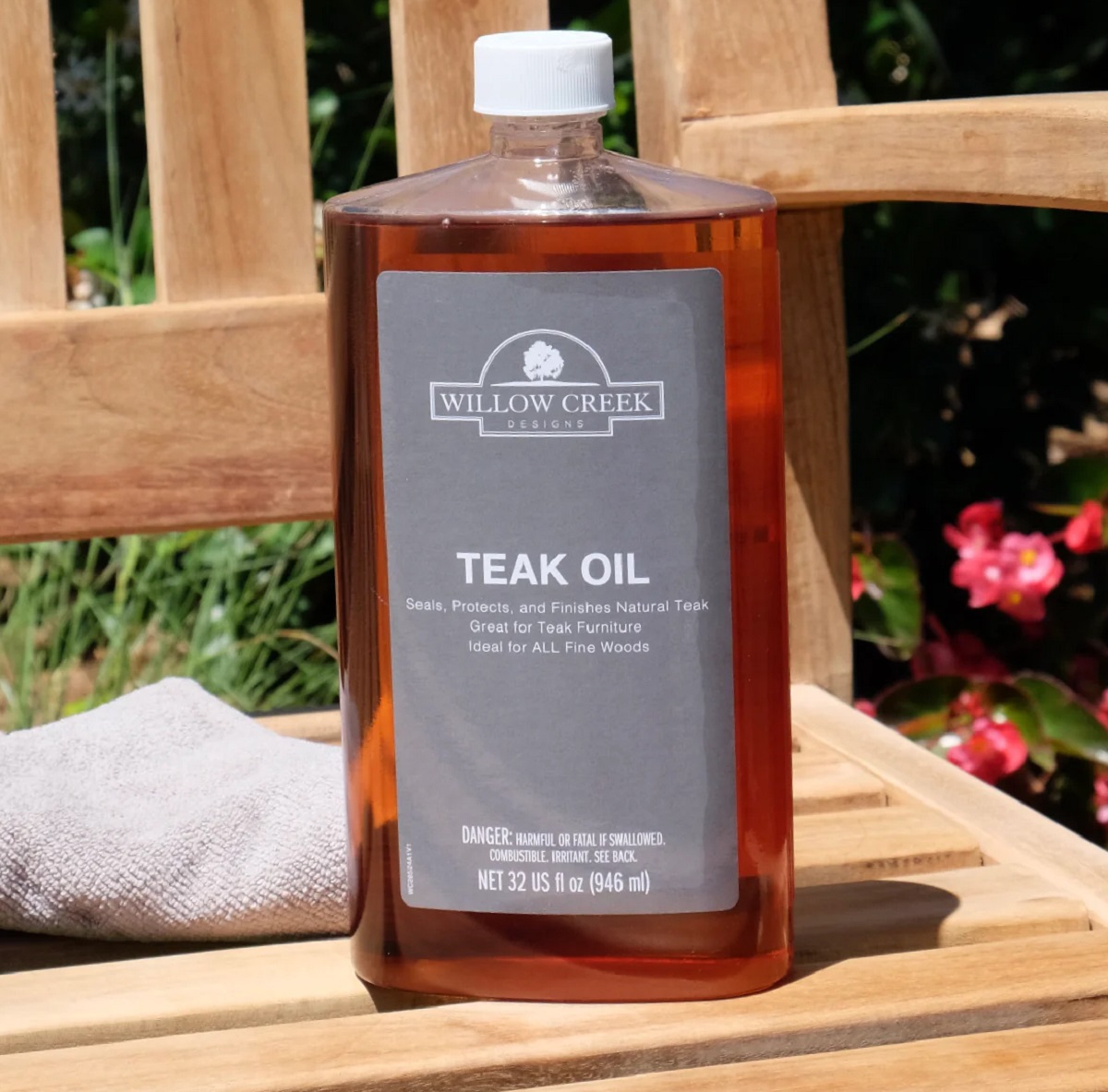


0 thoughts on “Our Outdoor Furniture Buying Guide For Year-Round Or Seasonal Use”